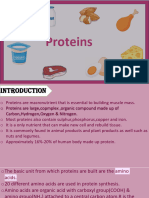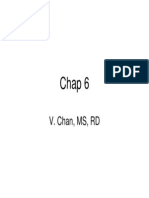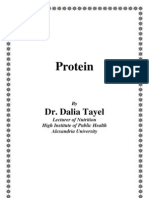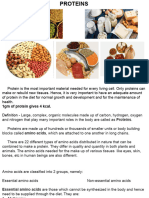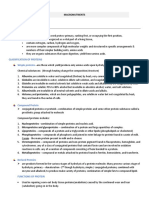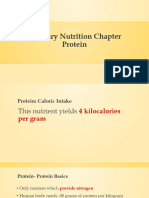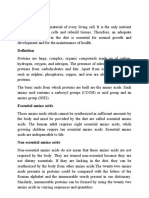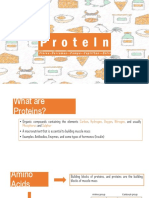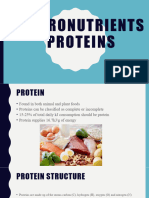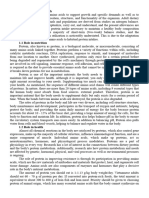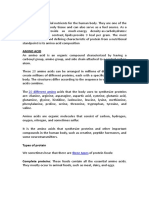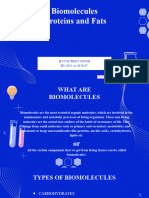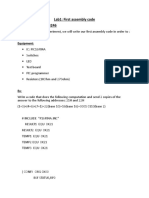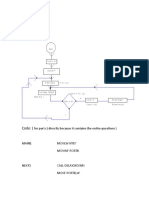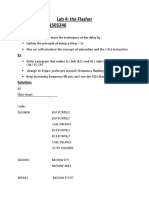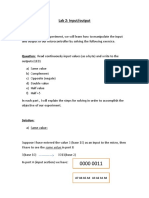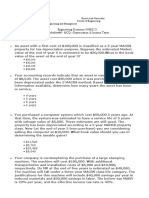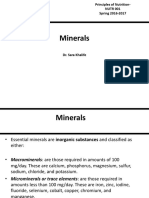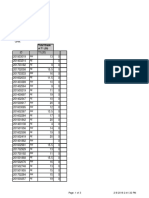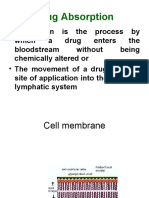0% found this document useful (0 votes)
120 views23 pagesNutrition Course: Protein Essentials
This document discusses principles of nutrition related to proteins. It covers the chemical composition of proteins including essential and non-essential amino acids. It describes protein quality and classifications. Food sources of protein are outlined. The key functions of protein in the body are explained. Recommended dietary allowances for protein are provided. Health consequences of high protein diets are noted.
Uploaded by
Omar F'KassarCopyright
© © All Rights Reserved
We take content rights seriously. If you suspect this is your content, claim it here.
Available Formats
Download as PDF, TXT or read online on Scribd
0% found this document useful (0 votes)
120 views23 pagesNutrition Course: Protein Essentials
This document discusses principles of nutrition related to proteins. It covers the chemical composition of proteins including essential and non-essential amino acids. It describes protein quality and classifications. Food sources of protein are outlined. The key functions of protein in the body are explained. Recommended dietary allowances for protein are provided. Health consequences of high protein diets are noted.
Uploaded by
Omar F'KassarCopyright
© © All Rights Reserved
We take content rights seriously. If you suspect this is your content, claim it here.
Available Formats
Download as PDF, TXT or read online on Scribd
/ 23



